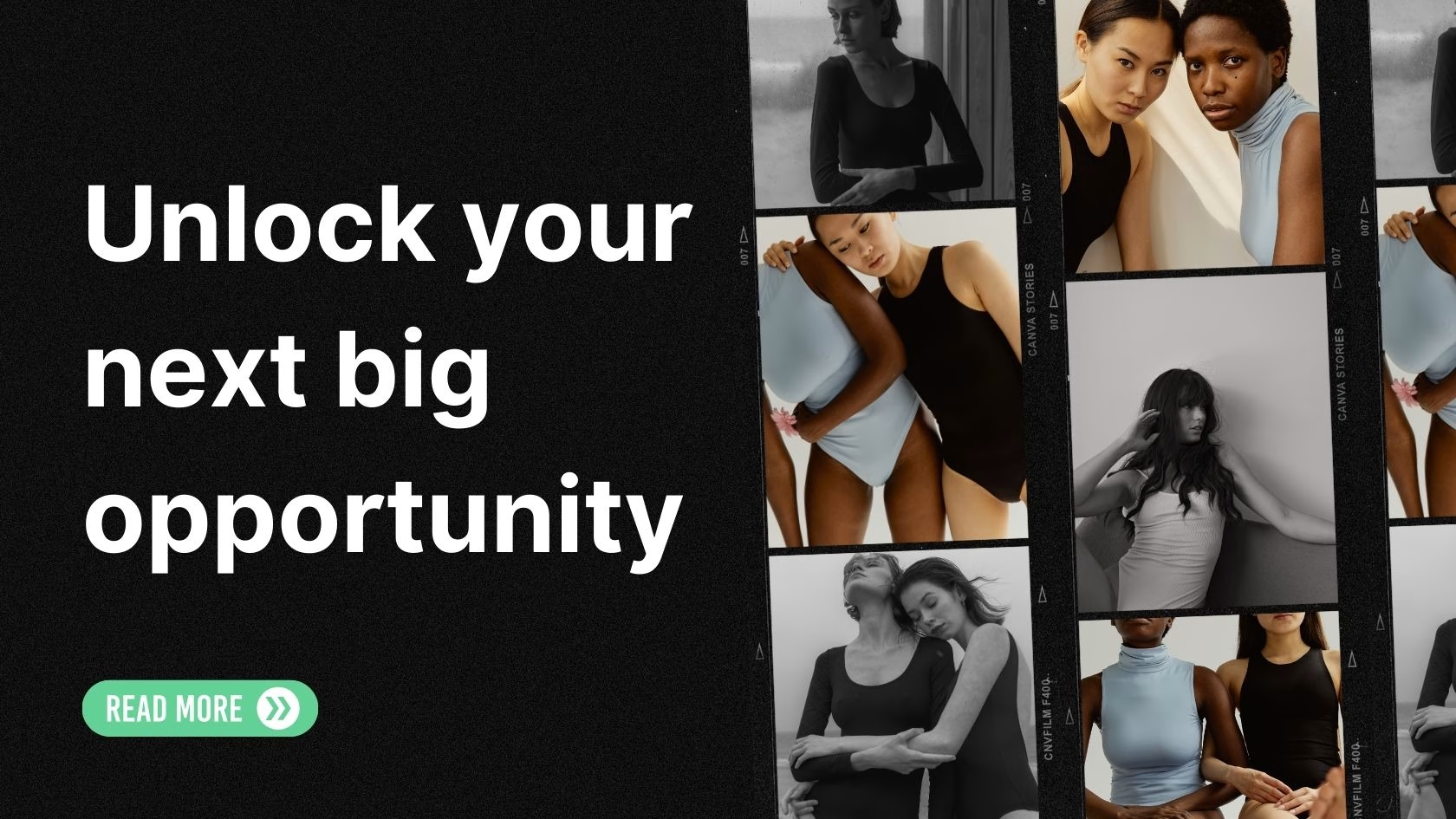Hey there! It’s Brooklyn with Project Casting.
Today, I want to share one of the biggest lessons I’ve learned in my acting journey—something that honestly took me a while to fully understand. I’m talking about self-tapes.
If you’ve ever sent in a self-tape and felt like you nailed the performance, only to never hear back, it might not be your acting. It could be something as simple—but powerful—as your camera angle.
Yup. Let’s get into it.
Casting Directors Do Judge What They See First
It’s a hard pill to swallow, but it’s true.
Before anyone even gets to your performance, your video is making an impression. If it looks like a FaceTime call with your cousin or a blurry clip from 2007 shot on a flip phone, you’ve probably already lost them.
I say this from experience. I once submitted a tape for The Vampire Diaries (way back when), and if I’m being honest… I filmed it on what might as well have been a potato. The lighting? A mess. The angle? Somewhere between “security cam footage” and “accidental screenshot.” The framing? Don’t even ask.
Looking back, it’s not surprising that I didn’t book the part.
The Most Common Self-Tape Mistakes

Let’s break down what went wrong—and what still goes wrong in so many self-tapes.
❌ Too High
This is the “I balanced my phone on a shelf” angle. It’s not flattering. It creates distance and disconnect. Casting directors feel like they’re watching from above instead of with you.
Also? It gives “surveillance footage” energy—not exactly what you want when trying to land your next big role.
❌ Too Low
On the flip side, filming from below makes it feel like you’re looming or shouting into the abyss. The viewer can’t focus on your performance because they’re distracted by the strange angle (and maybe your ceiling fan).
❌ Too Far Away
This one breaks my heart the most. You might be delivering your lines with real heart and skill, but if you’re too far from the camera, we can’t see it.
Your facial expressions matter. Your eyes—yes, those beautiful, expressive eyes—are crucial. They’re what connect you to your character and to the person watching.
If you’re framed too far back, all that subtle emotion gets lost. And that means a missed opportunity.
So What Is the Right Framing?
Great question! Luckily, proper framing isn’t hard once you know the basics.
Here’s what you need:
✅ Eye-Level Camera
Always position your camera so that it’s directly at eye level. Not above, not below. This creates the most natural and engaging perspective. It also makes it easier for casting directors to connect with you emotionally.
You want them to feel like you’re speaking to them, not floating in some awkward off-angle dream world.
✅ A Little Headroom
There should be a small space—just an inch or two—between the top of your head and the top of the frame. Not too much, or you’ll look tiny in the shot. Not too little, or you’ll look cramped. It’s about balance.
✅ Mid-Bicep Crop
The general rule is to frame from mid-bicep up. That gives us a clear view of your face and just enough of your body to catch gestures and posture. Think of it as your “acting sweet spot.”
✅ Centered Eyes
Your eyes should sit roughly on the top third line of the frame (think “rule of thirds” in photography). That way, the viewer’s attention is drawn to them—because your eyes are what make your performance feel alive.
Remember, casting directors want to see you. So give them the best view possible.
“But I’ve Booked Roles with Bad Framing!”
Me too! Quick sidebar: editing Brooklyn here. I’ve definitely booked jobs with weird framing before. I’ve had tapes where I was really close to the camera, or slightly off-center, or even using funky lighting.
It happens. Rules can be broken. But the point isn’t perfection—it’s professionalism.
You want to stack the odds in your favor, especially when you’re submitting alongside hundreds of other talented actors.
So yes, you can book roles with imperfect tapes—but why risk it if you don’t have to?
Your Self-Tape is Your First Impression
Think of your self-tape like a first date. Would you show up to dinner in pajamas with messy hair and no effort at all? Probably not (unless that’s the role, in which case—go for it!).
Your self-tape shows casting directors more than just your acting chops. It shows them your:
- Professionalism
- Attention to detail
- Respect for the opportunity
- Ability to follow directions
If you treat it like a throwaway task, that message comes across loud and clear.
Quick Tips to Instantly Improve Your Self-Tapes
Here are some rapid-fire fixes you can try today:
- ✅ Use natural light from a window or get a ring light if needed
- ✅ Stabilize your camera—no handheld wobble
- ✅ Keep your background neutral (no distractions!)
- ✅ Test your sound—clear audio is key
- ✅ Practice your slate and reset between takes
- ✅ Review your tape before sending—if you wouldn’t watch it, don’t send it
Final Thoughts
At the end of the day, your self-tape is your audition room. It’s your spotlight moment. And yes, talent matters most—but presentation counts too.
Don’t let a poor camera angle, weird framing, or bad lighting take away from the incredible performance you worked so hard on.
Show up prepared. Look professional. Let your acting do the talking.
You’ve got this.
Ready to Book More Roles?
Project Casting has hundreds of casting calls for film, TV, commercial, modeling, and more—updated daily.
🎬 Create your free profile or upgrade for exclusive access at
👉 www.projectcasting.com/upgrade
Let’s get you seen by the right people—with tapes that show just how talented you are. ✨


